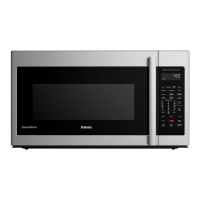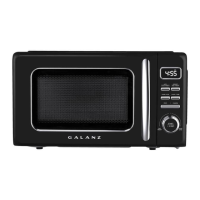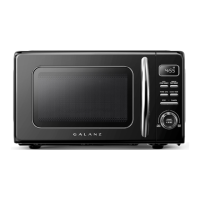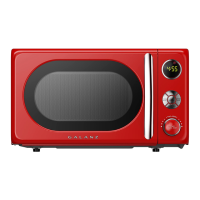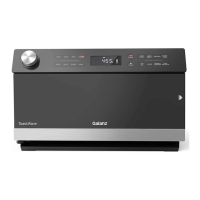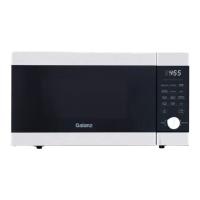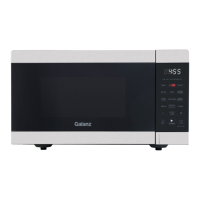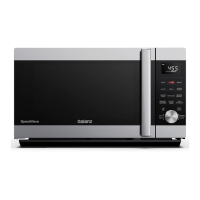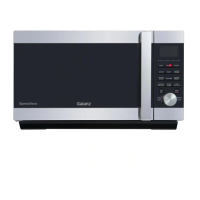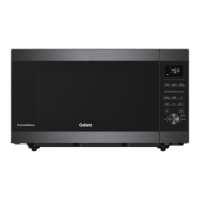BEFORE YOU INSTALL
7
Exhaust requirements
Use this section if you plan to vent your microwave outside (top or back exhaust). If you plan to recirculate the air back into
the room, skip to ‘’Removing your microwave’’ on page 9.
When installing exhaust vents:
• Use the most direct route with as few elbows/transitions as possible. This helps prevent blockages and ensures that the
exhaust is being vented correctly.
• Your microwave is designed to mate with a standard 3-1/4” × 10” rectangular duct. If a round duct is required, a
rectangular-to-round transition adapter must be used. Do not use a duct with a diameter less than 6”.
• Elbows, transitions, and wall/roof caps add resistance to airow. Each of these pieces are equivalent to a section of
straight duct that is longer than their actual physical size. When calculating your duct length, add the equivalent
lengths of all the pieces together. For proper airow, the equivalent airow should not exceed 140 ft. For example:
Note: If a rectangular-to-round transition adapter is used, you must cut the bottom corners of the damper with tin snips to let the
damper have free movement.
Note: Equivalent lengths of duct pieces are based on actual tests and reect requirements for good venting performance with any
vent hood.
Duct Pieces Equivalent
Length
× Number
Used
= Total
Equivalent
Length
40 ft. ×
(
1 )
=
40 ft.
10 ft. ×
(
2 )
=
20 ft.
3 ft. ×
(
1 )
=
3 ft.
Total ductwork =
63 ft.
Roof cap
90° elbow
Straight duct 6” round
OR
3-1/4” × 10” rectangular
For proper airow,
this number should
not exceed 140 ft.
se the ’’Equivalent duct length table’’ on page 8 to calculate the equivalent ductwork length for your setup.
Example setup:

